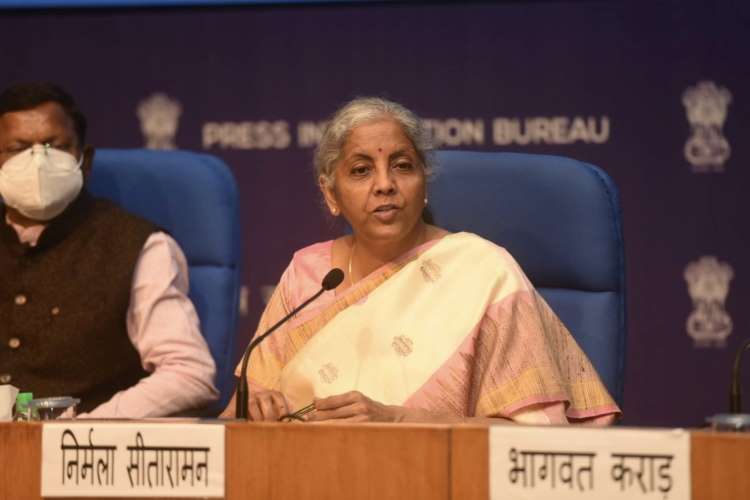
Finance Minister Nirmala Sitharaman presented Union Budget 2023-24 lays emphasis on green growth — from green credits to green energy to green mobility to green farming – as one of the seven priorities for the Narendra Modi government. The government and policymakers need to walk the talk in addressing the ecological concerns linked to India’s economic growth trajectory.
Green growth is one of the ‘saptarishis’ that will guide India into ‘Amrit Kaal’, said Sitharaman in the Budget 2023 speech. India’s net zero carbon emission commitment also requires that the country start working on more green initiatives. Among the announcements made in the budget, a green credit programme to encourage behavioural change is soon to be notified under the Environment (Protection) Act.
This is aimed at incentivising environmentally sustainable and responsive actions by companies, individuals and local bodies, and help mobilise additional resources for such activities. The minister of finance has pledged Rs 35,000 crore in support of net zero and energy transition objectives, although the fine print of the plan is yet to be seen.
READ | Budget 2023 reduces income tax burden on middle class to fuel consumer demand
New Delhi has made several commitments in international fora to mitigate climate change which is not a surprise considering India is one of the most vulnerable nations to global warming. In fact, the country has over achieved some of its targets. India overachieved its commitment made at COP 21- Paris Summit by meeting 40% of its power capacity from non-fossil fuels, almost nine years ahead of its commitment and the share of solar and wind in India’s energy mix have grown phenomenally.
The Modi government has now announced more ambitious targets for 2030, including installing 500 gigawatts of renewable energy capacity, reducing the emissions intensity of its economy by 45%, and reducing a billion tonnes of CO2.
The budget has also announced revised allocation for the ministry of environment, forest and climate change. Earlier, its grant was estimated at Rs 2,478 crore which has been revised upwards to Rs 3,079.4 crore. The budget for controlling pollution has also been increased from a revised estimate of Rs 600 crore last year to Rs 756 crore in the latest budget.
In view of the rising need to switch to clean energy, the budget for the ministry of new and renewable energy has also been increased this year. This has gone an upward revision by more than Rs 3,000 crore from last year’s allocation of Rs 6,900 crore (and the revised estimate of Rs 7,033 crore) to Rs 10, 222 crore in the Union Budget 2023-24. The budget of solar energy central sector schemes has now increased from Rs 185 crore in the last fiscal to Rs 361 crore, as per the latest budget.
The government has also put focus on the National Green Hydrogen Mission with an outlay of Rs 19,700 crore. This will facilitate the transition of the economy to low carbon intensity, reduce dependence on fossil fuel imports, and make the country assume technology and market leadership in this sunrise sector. The government is currently aiming to reach an annual production of 5 MMT by 2030.
The announcement for green support is crucial at a time when the ecology is already suffering and climate change is no longer a problem of the distant future. Critics, however, insist that it would have been better had the government also presented concrete action plans for the National Climate Change Action Plan, the National Adaptation Plan and the National Mission on Himalayan Studies, especially when the disaster unfolding in Joshimath and several other towns in the state of Uttarakhand in the Himalaya has made headlines.
Going ahead, India must also ensure that financial support is directed towards low-carbon technologies and identify areas of environmental degradation such as Joshimath.
